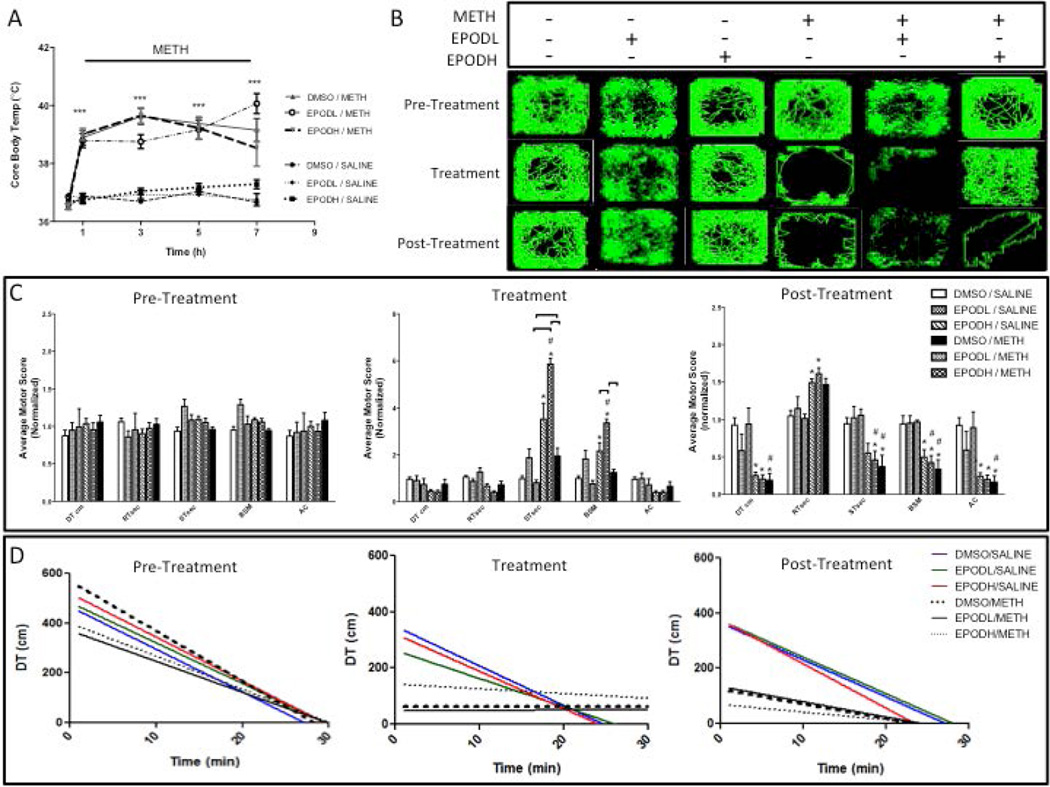Figure 6. Locomotor activity of rats treated with epothilone D (EpoD) and methamphetamine (METH).
A group of rats was divided into 6 subgroups. Two subgroups were treated with four successive injections (i.p.) of either saline (SAL) (1 mL/kg) or METH-HCl (10 mg/kg). The remaining subgroups were also treated with a low dose of epothilone (EpoD) (EpoDL; 0.5 mg/kg), high dose of EpoD (EpoDH; 5 mg/kg) or DMSO before, during, and after binge METH or saline. (A) Core body temperatures were recorded before METH (0 h) and 1 h after each METH or SAL injection. METH induced significant hyperthermia over time (***p<0.001 SAL vs. METH, two-way ANOVA with repeated measures followed by Student-Newman-Keuls post hoc test, n=3–11). (B) Representative activity maps. Continuous green line traces animal’s movement during each 30-min session. The animals treated with EpoDH/METH displayed less stereotypy (seen as dense green nodules) than other METH groups; instead, they maintained hyperlocomotion during METH administration. (C) Quantification of total motor activity counts during the 30-min open-field tests performed 24 h before METH (pre-treatment), after the third METH injection (treatment), and 24 h after the last METH injection (post-treatment). The rats treated with EpoDL/SAL displayed increased stereotypy during the treatment phase. The animals treated with DMSO/METH also displayed more stereotypy than DMSO/saline controls but less than EpoDL/METH-treated rats. (D) Acclimation behavior during each of the 30-min locomotor activity sessions. Linear regression analysis was performed between the distance traveled and time. All data are expressed as mean ± SEM. *p<0.05, treatment vs. DMSO/SAL, #p<0.05, EpoD/SAL vs. EpoD/METH, ∏ (bracket) p<0.05 differences within SAL and METH subgroups, one-way ANOVA followed by Tukey’s post hoc test, n=4–13. Analysis of stereotypy data by two-way ANOVA with Tukey post hoc test revealed a trend for co-treatment (DMSO, EpoD) × treatment (SAL, METH) interaction for total time spent in stereotypy (ST) (F(2,36) = 7.17, p=0.073). Abbreviations: DT, total distance traveled; RT, total time at rest; ST, total time spent in stereotypy; AT, total ambulatory time; BSM, burst of stereotypy; HC, horizontal counts; AC, ambulatory counts; EpoDL, low-dose EpoD; EpoDH, high-dose EpoD.

